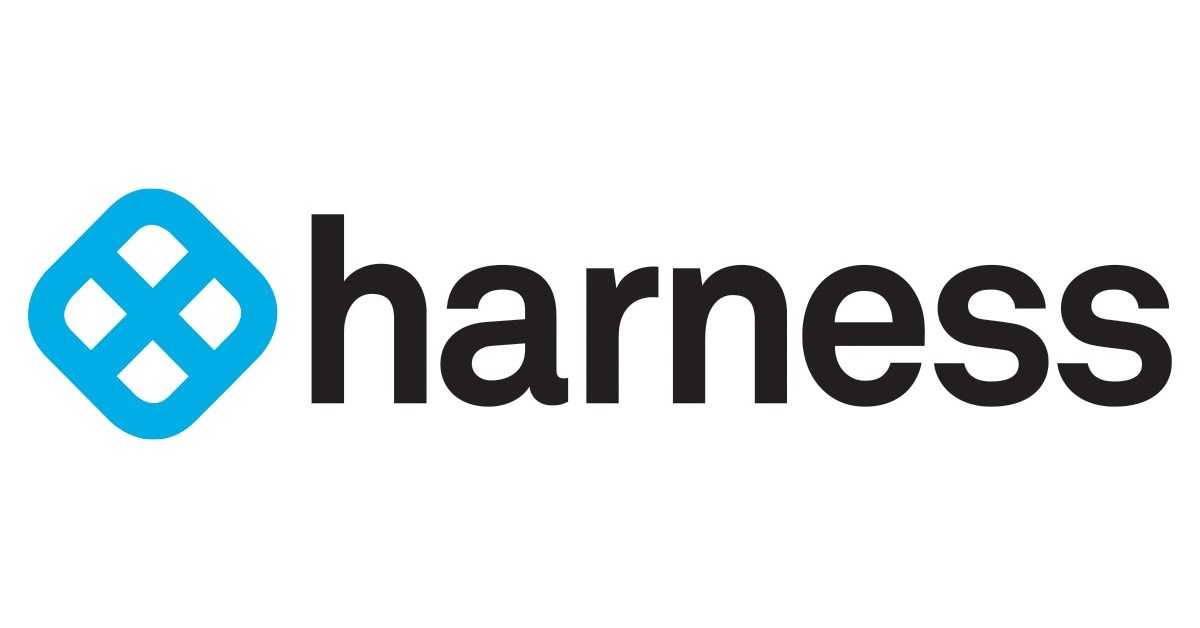Describe Docker Artifact Detail
Get Docker Artifact Details
path Parameters
response to get docker artifact detail
Bad request
Unauthenticated
Unauthorized
The specified resource was not found
Internal server error
- curl
- Java
- Go
- 200
- 400
- 401
- 403
- 404
- 500
{- "data": {
- "createdAt": "string",
- "downloadsCount": 0,
- "imageName": "string",
- "modifiedAt": "string",
- "packageType": "DOCKER",
- "pullCommand": "string",
- "registryPath": "string",
- "size": "string",
- "url": "string",
- "version": "string"
}, - "status": "SUCCESS"
}Describe Docker Artifact Integration Detail
Get Docker Artifact Integration Details
path Parameters
response to get docker artifact integration detail
Bad request
Unauthenticated
Unauthorized
The specified resource was not found
Internal server error
- curl
- Java
- Go
- 200
- 400
- 401
- 403
- 404
- 500
{- "data": {
- "buildDetails": {
- "orgIdentifier": "string",
- "pipelineDisplayName": "string",
- "pipelineExecutionId": "string",
- "pipelineIdentifier": "string",
- "projectIdentifier": "string",
- "stageExecutionId": "string",
- "stepExecutionId": "string"
}, - "deploymentsDetails": {
- "nonProdDeployment": 0,
- "prodDeployment": 0,
- "totalDeployment": 0
}, - "sbomDetails": {
- "allowListViolations": 0,
- "artifactId": "string",
- "artifactSourceId": "string",
- "avgScore": "string",
- "componentsCount": 0,
- "denyListViolations": 0,
- "maxScore": "string",
- "orchestrationId": "string",
- "orgId": "string",
- "projectId": "string"
}, - "slsaDetails": {
- "provenanceId": "string",
- "status": "string"
}, - "stoDetails": {
- "critical": 0,
- "executionId": "string",
- "high": 0,
- "ignored": 0,
- "info": 0,
- "lastScanned": "string",
- "low": 0,
- "medium": 0,
- "pipelineId": "string",
- "total": 0
}
}, - "status": "SUCCESS"
}Describe Docker Artifact Layers
Get Docker Artifact Layers
path Parameters
response to get artifact layers
Bad request
Unauthenticated
Unauthorized
The specified resource was not found
Internal server error
- curl
- Java
- Go
- 200
- 400
- 401
- 403
- 404
- 500
{- "data": {
- "digest": "string",
- "layers": [
- {
- "command": "string",
- "size": "string"
}
], - "osArch": "string"
}, - "status": "SUCCESS"
}Describe Docker Artifact Manifest
Get Docker Artifact Manifest
path Parameters
response to get docker artifact manifest
Bad request
Unauthenticated
Unauthorized
The specified resource was not found
Internal server error
- curl
- Java
- Go
- 200
- 400
- 401
- 403
- 404
- 500
{- "data": {
- "manifest": "string"
}, - "status": "SUCCESS"
}Describe Docker Artifact Manifests
Get Docker Artifact Manifests
path Parameters
response to get artifact layers
Bad request
Unauthenticated
Unauthorized
The specified resource was not found
Internal server error
- curl
- Java
- Go
- 200
- 400
- 401
- 403
- 404
- 500
{- "data": {
- "imageName": "string",
- "manifests": [
- {
- "createdAt": "string",
- "digest": "string",
- "downloadsCount": 0,
- "osArch": "string",
- "size": "string",
- "stoDetails": {
- "critical": 0,
- "executionId": "string",
- "high": 0,
- "ignored": 0,
- "info": 0,
- "lastScanned": "string",
- "low": 0,
- "medium": 0,
- "pipelineId": "string",
- "total": 0
}, - "stoExecutionId": "string",
- "stoPipelineId": "string"
}
], - "version": "string"
}, - "status": "SUCCESS"
}